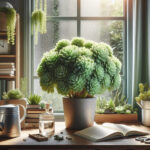Introduction to Sedum
Step into the diverse world of sedums, a genus of succulents that beckons gardeners with its resilience and variety. Often praised for their hardy nature against the elements in outdoor gardens, these adaptable plants have sparked curiosity among indoor plant enthusiasts. But does the outdoor starlight shine as brilliantly within the confines of your home? Let’s lean in closer and unearth the potential of indoor cultivation of sedum.
Picture this: a sleek, low-maintenance companion that not only garnishes your living space with shades of green but also actively purifies the air. Yes, the sedum is more than just a pretty face; it’s a natural air purifier with a penchant for aesthetic appeal. Could this be the uncelebrated hero your indoor oasis has been searching for?
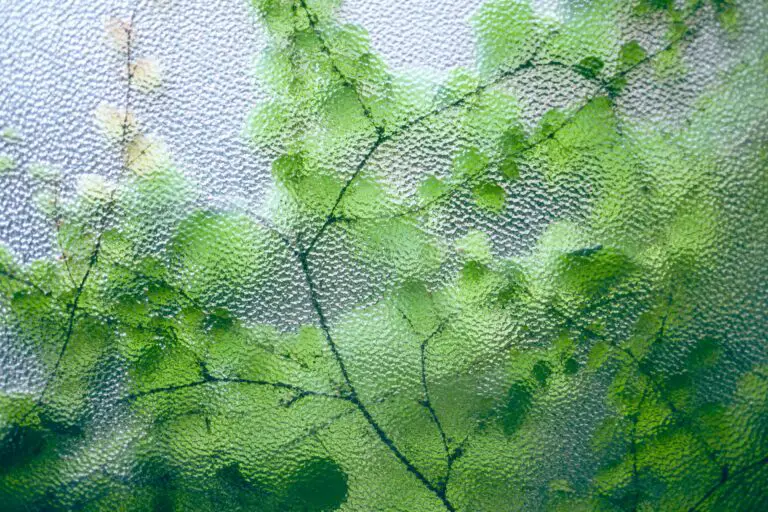
Imagine walking into a room where a sedum quietly stands in the corner, its plump leaves reflecting the gentle sunlight filtering through the window. It doesn’t demand constant attention like other high-maintenance houseplants and thrives with minimal intervention. A testimony to this is my dear friend’s living room; a tranquil sanctuary graced by a collection of sedums basking in their rustic pots, each a unique spectacle against quaint white walls.
Despite their natural affiliation with the great outdoors, sedums have proven themselves adaptable and resilient, even when the skies and soils are replaced with ceilings and pots. From sprawling species like Sedum acre to compact varieties such as Sedum morganianum, there’s a sedum for every indoor setting. If you’re intrigued by these versatile plants, you might appreciate our guide on succulent care, offering tips to keep your stonecrops thriving indoors.
With a nudge in the right direction and some thoughtful care, sedums can indeed flourish within our homes, bringing a sliver of the wilderness indoors and demonstrating that even the most robust outdoor warriors can soften up and thrive in our personal habitats.
Selecting the Right Sedum Variety for Indoors
When considering sedum as your companion for an indoor garden oasis, selection is key. Not all sedum species are created equal, especially when it comes to flourishing within the confines of your abode. To unlock the potential of these versatile succulents, we must dive into the varieties that enthusiastically embrace the unique conditions of indoor living.
Envision a sedum that doesn’t just survive indoors but thrives, bringing a touch of the lush, rugged outdoors right to your windowsill. Picture the Sedum morganianum, commonly known as burro’s tail, with its cascading, plump foliage that adds a dramatic flair and doesn’t mind the occasional neglect. Or perhaps the compact Sedum spurium, with diverse colors and textures that can brighten even the dimmest corner of a room without reaching for the sky.
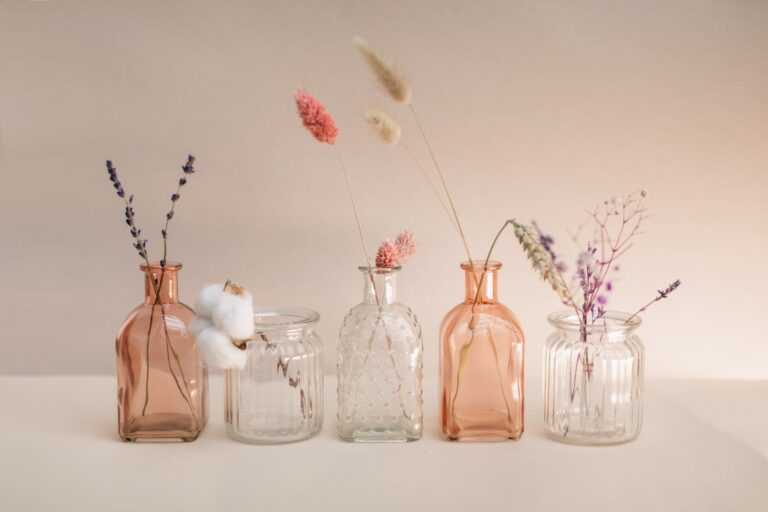
For those with a taste for the unique, the S. sieboldii dances on the edge of pottery with round, blue-green leaves edged in pink, asking for nothing more than a spot near the sunshine to showcase its full glory. The key to sedum indoor cultivation is not just about choosing the right variety; it’s about providing a symphony of elements that coax out its natural resilience and beauty.
Consider elements like light exposure, which is crucial since most sedums cherish the kiss of solar warmth. A south-facing window is a coveted spot for your sedum, but if you find your options limited, do not fret. Many indoor varieties adapt remarkably well to lower light environments, bringing a green spark to life even in those less sun-blessed spaces.
Compactness is another essential factor—for our more diminutive indoor spaces, the smaller varieties, such as Sedum dasyphyllum or Sedum album, offer lush texture without demanding much room, proving that great things indeed come in small packages. Their modest size means they’re perfect for tiny nooks, tight shelves, or even as a cheeky desk companion.
Caring for these little wonders is equally straightforward. They prefer their soil on the dry side and have stoically minimalist water needs—a convenient trait for the forgetful gardener. To learn the ins and outs of nurturing these hardy succulents, there’s a handy guide over at The Spruce that’s a veritable treasure trove of tips for both seasoned and novice plant enthusiasts.
Choosing the right sedum variety for your indoor garden is the first step on a journey filled with verdant rewards. With a bit of insight and the right care, these stonecrop champions can transform your living space into a sanctuary of serenity and natural charm, proving that even in the great indoors, sedum can indeed do more than just grow—it can flourish.
Optimal Growing Conditions for Indoor Sedum
Are you contemplating inviting some sedum—also known as stonecrop—into your indoor plant family? These resilient succulents are often seen sprawling across outdoor rockeries, but with a dash of know-how, you can cultivate a lush indoor oasis. Let’s dig into the essentials for stonecrop to not just survive, but truly thrive inside your abode.
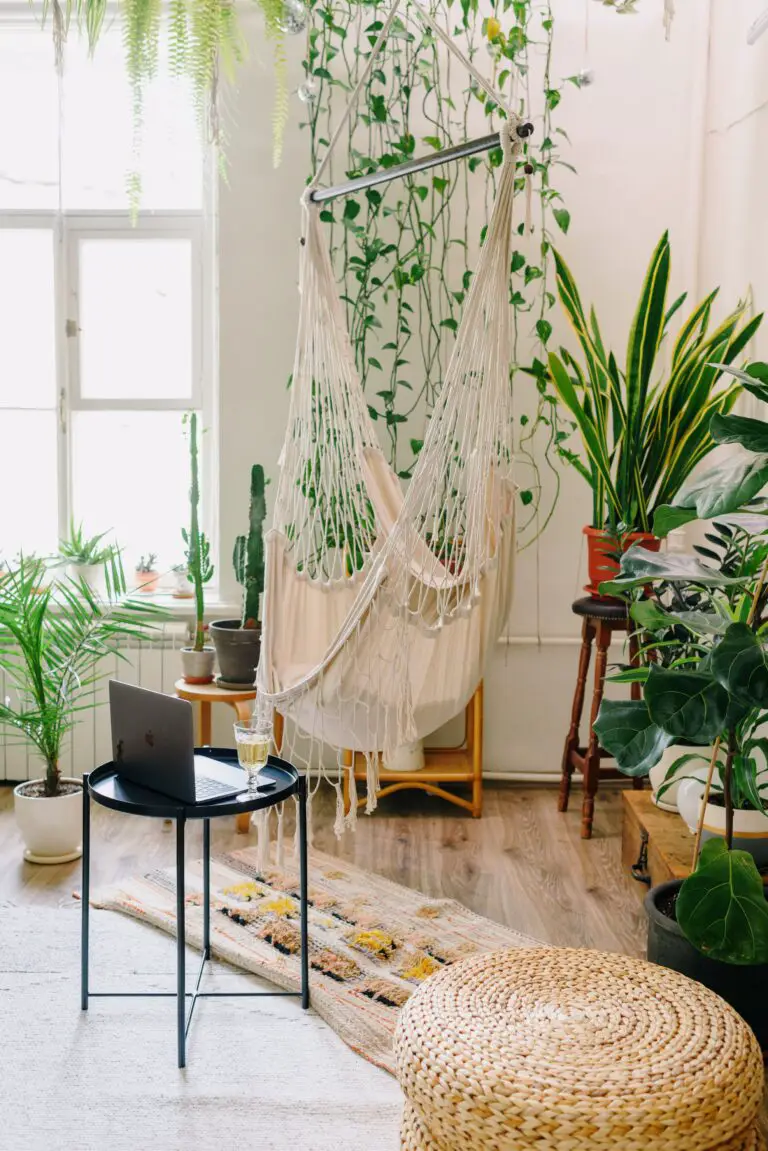
First up, light. Sedum is like that friend who flourishes in the spotlight—they adore bright, indirect sunlight. Imagine a cozy nook near a window with sheer curtains dancing to the rhythm of a gentle breeze—that’s your sedum’s happy place. A well-lit room, away from the harsh noon sun, where they can bask in the warm morning glow, will keep your sedum’s spirits high.
Now let’s chat about temperature. These plants aren’t fans of extremes; they enjoy a steady climate. Room temperatures hovering between 60-70 degrees Fahrenheit (15-21 degrees Celsius) will see your sedum doing a happy little dance. Just like us on a crisp autumn day, these succulents relish moderate conditions—not too hot, not too cold.
Moving on to humidity—it’s all about balance. Sedum plants are like Goldilocks; they don’t enjoy air that’s too moist or too dry. They prefer it just right. Typical indoor humidity is mostly fine, but if you find your sedum leaves looking a bit flustered in drier climates, a strategically placed humidifier can work wonders. Conversely, in more humid environments, ensure ample air circulation to avoid any soggy situations that could lead to rot.
Create a sanctuary with the right environmental parameters and watch as your indoor sedum not only survives but becomes the cornerstone of your personal green retreat. Remember, it’s not just about keeping them alive; it’s about providing a stage for them to shine. So, let there be light (but not too much), steady temps, and a splash of humidity for your sedum to take root and become the star of your indoor garden show.
Planting and Soil Requirements
Imagine a lush, verdant sedum plant basking in the sunlit corner of your living room, its jade-like leaves thriving with barely a care in the world. Sedum, commonly known as Stonecrop, might be a sturdy trooper in the outdoor rock gardens, but the question is – can it receive the same vitality indoors? Absolutely, with the right foundation! Let’s delve into the quintessential aspects of indoor sedum cultivation: the soil mixtures and pot selection, two pivotal players in the world of indoor gardening success.
Firstly, the soil. Sedum plants are not the fussy type, but they do demand well-draining soil that imitates their native, rocky habitat. A mixture teeming with organic matter yet gritty enough to avoid waterlogged roots is paramount. Think of a soil blend that feels like a chocolate cake – light, rich, and permeable! An ideal concoction would be a mix of potting soil with a good heap of coarse sand, perlite, and peat. This ensures a breathable environment for roots that need room to stretch and a speedy getaway for excess water.
While we’re on the subject of water, how about a visual guide to perfect watering techniques for your succulents? Dive into this succulent soil mix tutorial, which offers invaluable insights into mastering the right watering regime for your indoor sedum.
Next, let’s talk about the throne on which your royal sedum will sit – the pot. The golden rule? Drainage is king! A pot with ample drainage holes at the bottom is non-negotiable, as it prevents water from pooling at the base, warding off the dreaded ‘root rot.’ But size matters too! A pot that’s snug enough to give a sense of security, yet spacious enough for growth, is what you’re aiming for. If you’re puzzled about pot sizes and materials, snag some expert advice on choosing the right pot for your indoor plant that delves into the nitty-gritty of indoor pot selection.
In summary, your indoor sedum is craving a home that mimics its natural environment. A well-charted blend of the right soil that feels like a soft bed of minerally-rich earth, coupled with a pot that offers a drainage escape route, is the indoor gardening one-two punch your sedum needs to grow and prosper indoors. Because who doesn’t love a happy, hearty sedum basking in the comfort of your abode?
Watering and Feeding Your Indoor Sedum
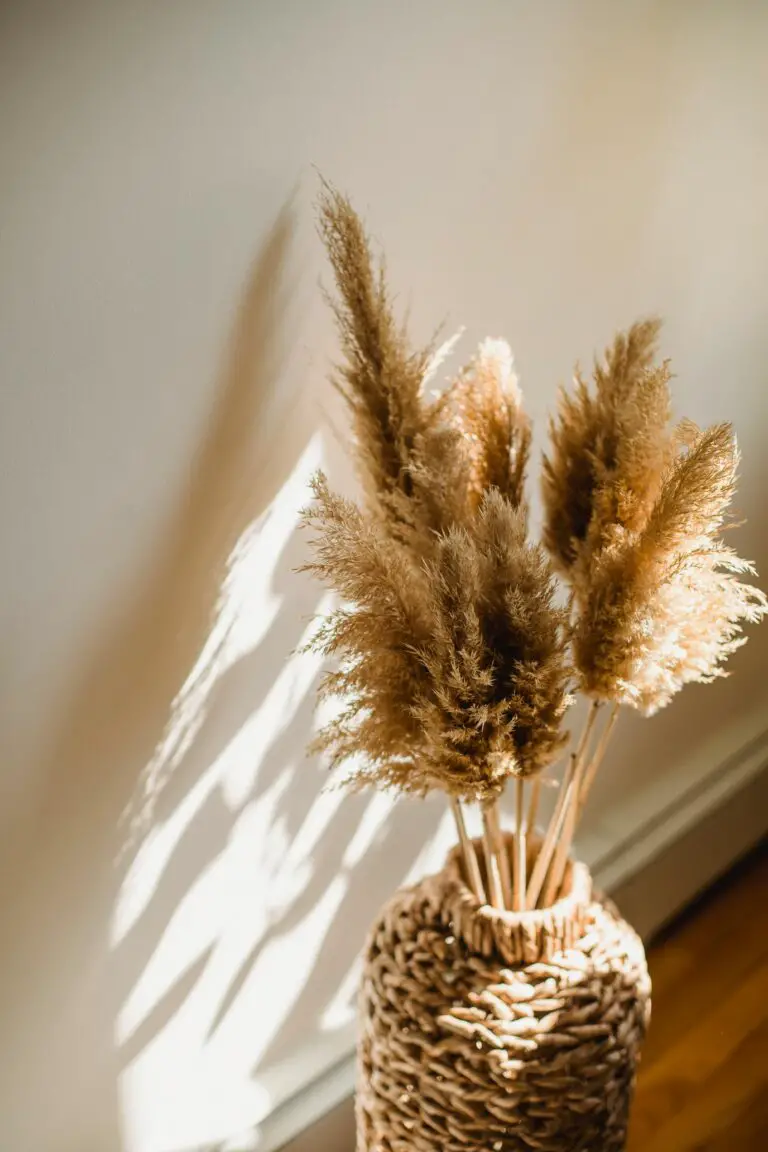
Picture this: your indoor sedum, also known as Stonecrop, basking in the perfect amount of sunlight by your favorite reading nook. It’s a plant-parent dream come true! But the dream can quickly turn into a nightmare if you’re not savvy about the water and food your green buddy needs. Fear not, we’re here to make sure your sedum thrives, not just survives, indoors.
First things first, how often should you water your sedum? These plants are the camels of the succulent world, storing water in their plump leaves and requiring less frequent drinks. The goal is to let the soil dry out completely between waterings. As a rule of thumb, touching the soil is a simple yet effective way to determine its moisture level. If it’s dry an inch or two below the surface, it’s time to water. But remember, too much love in the form of water can lead to disaster! Over-watering is the equivalent of a soggy pair of socks for your sedum – uncomfortable and uncalled for. If you notice yellowing leaves or a squishy base, you might be overdoing it on the H2O front.
Now, let’s talk food – everybody needs it, even your sedum. Fertilizing your resilient buddy is like giving it a boost of vitamins. Create a feeding schedule that complements its growth cycle, usually during the spring and summer months. A balanced, half-strength succulent fertilizer every month will do wonders. Think of it like a monthly spa day that rejuvenates and prepares your plant for its best life indoors.
Did you know that just like us, plants can get a little finicky about their living conditions? Check out these clever ways to ensure other indoor treasures are just as content as your succulent Stonecrop!
Real-Life Examples: Sedum Success Stories!
Ever heard of Karen’s balcony oasis? Karen’s an urban dweller who transformed her concrete jungle view into a green sanctuary with some Sedum ‘Cape Blanco’. She quickly learned that this flesly green gem needed less water than her other potted pals. She sticks to a watering schedule that’s less Spotify playlist and more carefully curated vinyl selection – only pulling it out when the time is just right. Now her sedum is thriving, adding a serene touch to her bustling city life!
Then there’s Tim. Tim’s a forgetful fellow, but his Sedum ‘Autumn Joy’ doesn’t mind. It thrives on neglect, making it the ideal roommate. With a little sprinkle of fertilizer in the growing months, Tim’s sedum exploded into a fireworks display of pink blooms. Now, it’s the highlight of his otherwise minimalist apartment.
Whether you’re a Karen, a Tim, or somewhere in between, your sedum is forgiving and low maintenance. Keep the water and food in check, and watch your indoor garden flourish!
Pruning and Maintenance
Imagine this: You’ve just brought home an exquisite sedum plant—a true stonecrop jewel to enliven your indoor sanctuary. While sedum is typically known as the hardy hero of the outdoor garden, with the right touch, can sedum grow indoors? Absolutely! But the key to its vibrant existence inside the comfort of our homes lies in mastering the art of pruning and maintenance. Let’s trim our way to an indoor sedum that not only survives but thrives!
Regular pruning is the cornerstone of a healthy indoor sedum. Picture it like a hair trim for optimal growth, allowing your plant to shed its old leaves and make room for new, lush greens. The process is simple yet profound, and it begins with understanding the growth pattern of your chosen variety. Sedum varieties are diverse—from the creeping carpet to the upright—and each has its unique pruning rhythm.
First off, the best time to wield your shears is during the sedum’s active growing season, typically in the spring. At this time, your indoor stonecrop is gearing up for a growth spurt, and a good prune can give it a spirited boost. The key is to snip with precision, targeting the long, leggy stems that tend to sprawl untidily. By cutting them back to just above a healthy leaf or bud, you encourage a more compact, bushier plant that’s tailor-made for indoor aesthetics.
But it’s not just about beauty—the act of pruning doubles up as a health check. As you move through the foliage, be on the lookout for signs of distress or disease. Those browning leaves or soft, mushy stems? They’re the SOS signals from your sedum. Removing them promptly can prevent the spread of common pests like aphids or diseases such as root rot, keeping the rest of the plant hale and hearty. And don’t forget—clean those pruners before you cut, to avoid the unwanted gift of infection.
Preventative care is just as crucial. Imagine setting up a defensive shield around your sedum, like a garden guardian. Regular inspections for pests, providing adequate air circulation, and ensuring proper soil drainage go a long way in preempting invasions. And when it comes to watering, think of your sedum as the camel of the plant world—it thrives on neglect. So, water sparingly and let the soil dry between waterings to replicate the arid environments these plants adore.
Remember, each clip of the pruner and every considered care technique is part of an ongoing dialogue with your indoor sedum. And with these steps, you’re not just maintaining a plant—you’re curating a living, breathing piece of natural art within your home.
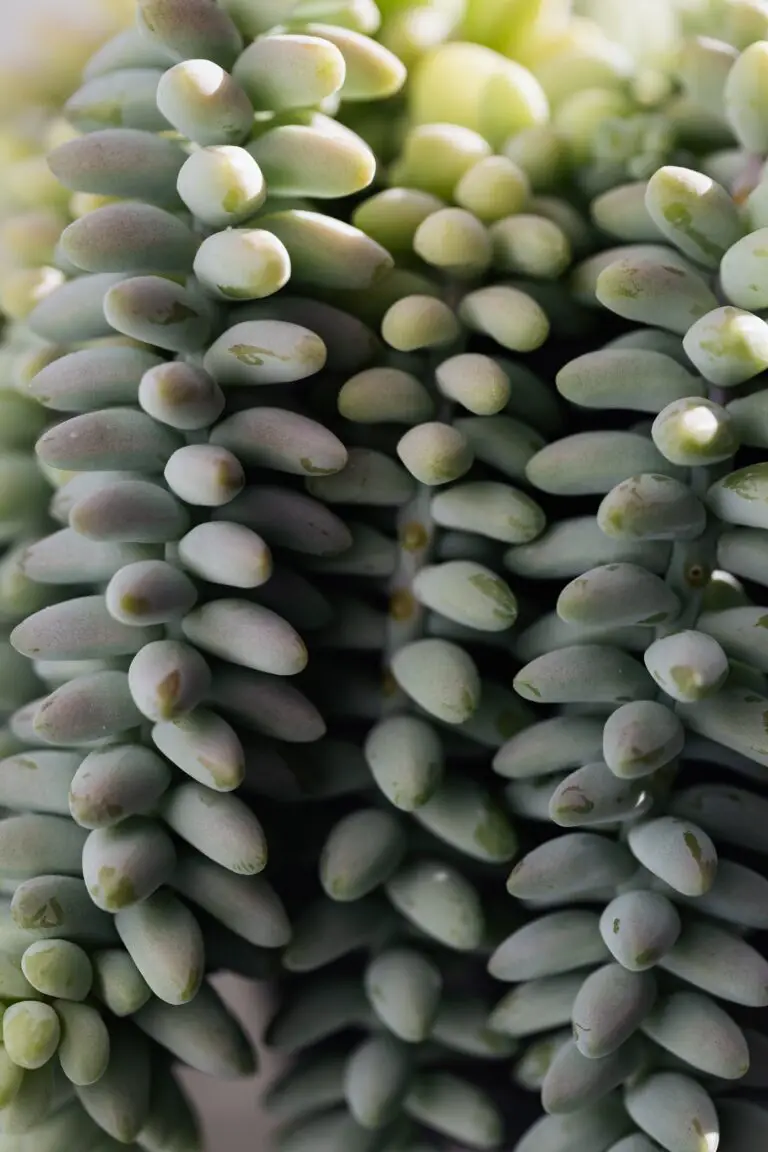
Propagating Sedum Indoors
Have you ever marveled at the resilience and beauty of sedum plants? These succulent beauties are not just outdoor rockery stars; they can also bring a touch of the wild into our indoor havens. But how do you ensure that the hardy sedum continues to thrive under your roof? Let’s talk propagation — the process of spawning new life from your existing sedum plants to cultivate an evergreen indoor landscape.
Imagine this—you’re looking at your sedum collection basking in the perfect sunlit spot of your living room, and you think, “What if I could have more of these stunning plants?” Well, you can! Propagation is a sustainable way to expand your indoor garden, and sedum plants make it almost easy with their forgiving nature. Let’s dive into the methods that will allow you to multiply your sedum family.
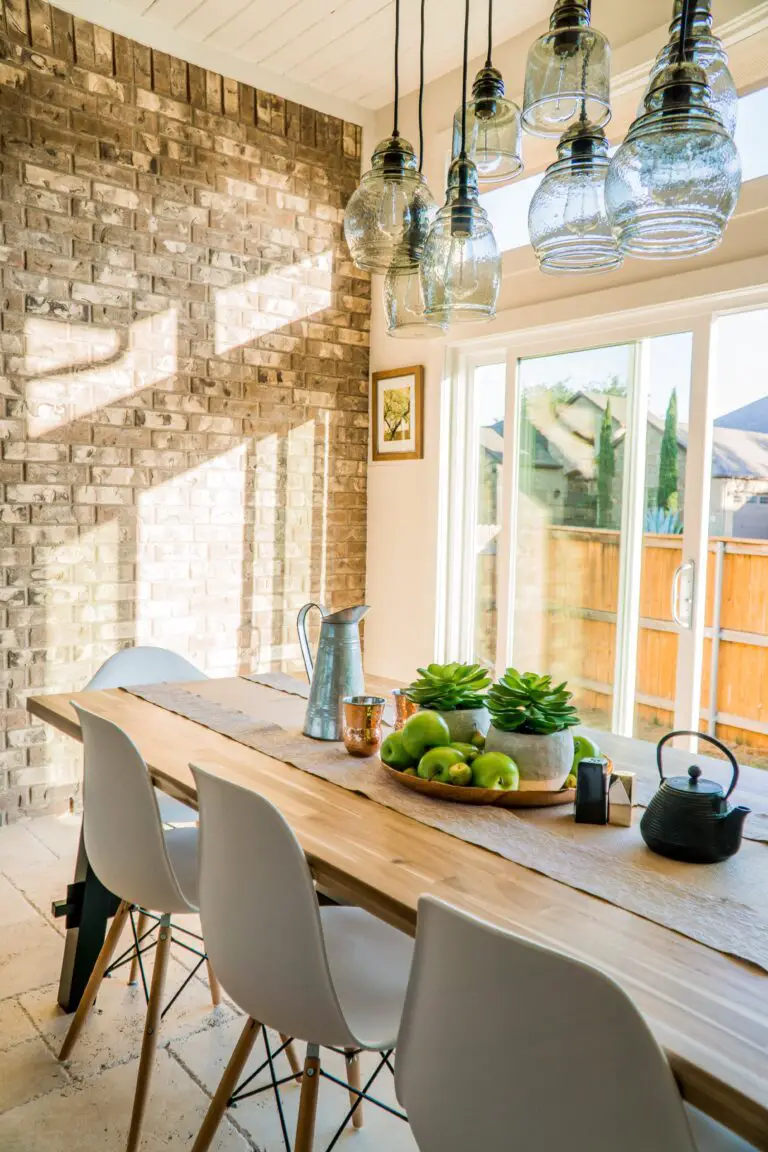
Cuttings: It’s as simple as snip and plant. Choose a healthy stem, cut a few inches off the top just below a leaf node (where leaves are attached to the stem), and then lay it atop well-draining soil. Water sparingly, and in no time, roots will begin to sprawl. As if by magic, a new sedum will rise like a phoenix from the cuttings of its predecessor.
Leaves: Sedum leaves are like tiny powerhouses brimming with the potential for new growth. Gently pluck a leaf, give it a day to callus over, and then nestle it atop the soil, ensuring the cut end is in minimal contact. Keep the soil moist, and be patient. In a few weeks, tiny roots and a miniature plant will appear, like a leaf’s dream sprouting into reality.
Division: For the more mature sedum plants, division is the way to go. By gently separating the plant into smaller sections, making sure each has roots attached, and repotting them individually, you multiply your green treasures. It’s garden math — one becomes many! Each new plant is a clone of the mother, ready to grow and prosper in another corner of your indoor Eden.
Whether you’re a seasoned green thumb or a budding indoor gardener, propagating sedum is an adventure in patience and reward. The satisfaction in watching a simple cutting or leaf transform into a full-fledged plant is unmatched. Plus, it’s a budget-friendly way to enhance your living space with more oxygen-giving, mood-lifting green goodness. So, roll up your sleeves, and let the propagation begin!
Troubleshooting Common Indoor Sedum Problems
Embracing the personality of Sedum indoors can be a green-fingered dream, yet sometimes, trouble looms like an uninvited weed. But don’t fret! Let’s put on our detective hats and get to the root of the most vexing Sedum predicaments you may encounter indoors.
Legginess in your Sedum is like a teenager outgrowing their clothes overnight—it seems to happen in a blink! That long, stretched-out look might be a cry for more sunlight, which is the plant equivalent of a balanced diet. Think of it this way: if your Sedum were an office worker, natural light would be its preferred coffee break. To remedy that, sometimes all it takes is a simple relocation to a sun-kissed windowsill.
Yellowing leaves? Now, that’s the visual equivalent of a plant sighing. It may be a sign of soggy soil conditions or improper watering habits. It’s kind of like overwatering your morning latte with too much milk—balance is key. Ensure you let your Sedum’s soil dry out between waterings to avoid waterlogged woes.
Are Pests Crashing Your Sedum Party?
Nobody invited aphids, mealybugs, or spider mites to the greenery gala, yet here they are, nibbling away at your Sedum’s vitality. These uninvited guests can be shown the door with a gentle wipe-down using a soft cloth and a neem oil solution. This acts like a security guard, keeping the peace and your plants pest-free.
So there you have it—a survival guide for your indoor Sedum’s common problems. Just remember, the right light, a watchful eye on watering, and some pest control savvy can get your plants back to their perky selves in no time. And if you’re ever in need of more green thumb wisdom, our tips on Cultivating Crassula Bliss: Tips for Thriving Plants Indoors can nod you to mastery in nurturing other succulent friends indoors.
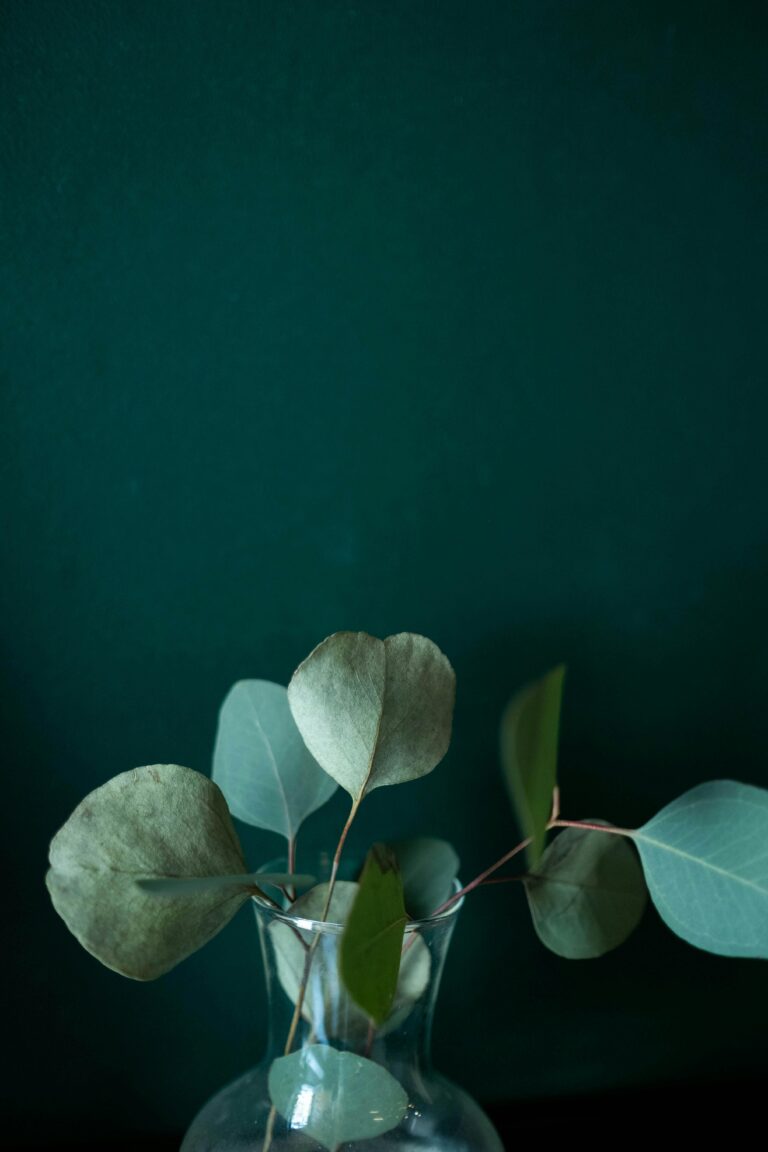
Designing with Indoor Sedum
When it comes to blending form and function in your home, introducing sedum as an indoor staple is a creative symphony waiting to unfold. The idea of sedum thriving under your roof isn’t just a hopeful experiment; it’s a practical and attractive reality that breathes life into your living spaces. Let’s dive into the myriad ways you can showcase the resilient beauty of sedum indoors.
Imagine walking into a room where a terrarium sits as the centerpiece, a microcosm where sedum varieties sprawl and interweave, making a miniaturized landscape that captivates and enchants. These glass gardens are not only mesmerizing focal points but also a testament to the adaptability of sedum. With just a sprinkle of creativity, a touch of soil, and a dash of care, you can cultivate a compact Eden that thrives with minimal fuss.
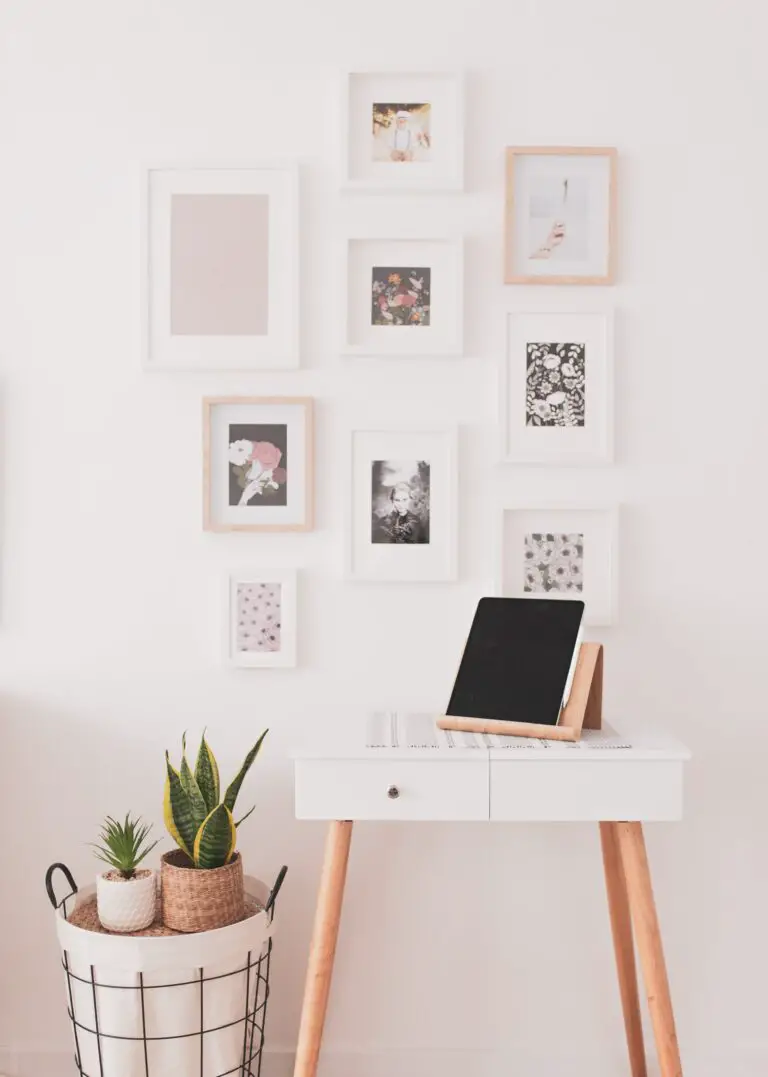
For those who prefer a living artwork, why not breathe life into your walls with a sedum-infused green wall? This isn’t just greenery; it’s an evolving canvas that adds texture, color, and vibrancy to any room it adorns. Each sedum plant contributes its unique signature to this vertical garden, an ever-changing mosaic that cleans your air as beautifully as it catches the eye. Pair these succulents with various shades and species for a visually striking and environmentally friendly decor element.
Don’t have much space? No problem. Sedum is a perfect candidate for intimate plant displays that maximize your available real estate. A small shelf or windowsill can transform into a lush nook of greenery with a selection of sedums in charming pots or quirky containers. Perhaps a trio of sedums in ceramic pots, beautifully juxtaposed against the clean lines of your modern living room, offers a silent yet compelling narrative of growth and endurance.
The versatility of sedum doesn’t stop at decorative plantings. These hardy plants can also inhabit your work area, making for serene and aesthetic desk companions. A simple glass bowl with a composition of sedum cuttings can serve as a stress-relieving visual break during busy workdays. Low maintenance and requiring little attention, they bring a piece of the outside world within arm’s reach, reminding you of nature’s quiet strength.
Ultimately, whether sedum finds a place in your terrarium, on the wall, or in a cozy corner, it’s a resilient and beautiful choice for indoor plant enthusiasts. These creative ideas for incorporating sedum into your personal space underscore just how seamlessly nature can merge with interior design to create an inviting and dynamic atmosphere. Embrace the versatility of sedum and let it ignite your indoor world with its low-key charm and strong, adaptable spirit.
Frequently Asked Questions
Embarking on the journey of growing Sedum, also known as Stonecrop, within the confines of your home can be an enchanting venture. Kindled by curiosity, you might find yourself pondering over the practical nuances of indoor sedum cultivation. Let’s dig into some of the common queries that might sprout in the minds of aspiring indoor gardeners like you.
How Often Should I Repot Indoor Sedum?
Imagine your sedum as a cozy dweller that doesn’t crave frequent moves. Repotting is a serene dance that should occur every two to three years. It’s akin to giving your plant a new stage to perform its silent symphony of growth. When its current pot becomes a tight squeeze, with roots peeking out like inquisitive earthworms, it’s time for a change. A fresh abode with succulent-appropriate soil mix and a pot just a size bigger is the perfect upgrade for your leafy companion.
Is Sedum Toxic to My Furry Friends?
As a pet lover, ensuring the safety of your four-legged comrades amidst your indoor jungle is paramount. Breathe a sigh of relief as most sedum species exude non-toxic vibes, making them pet-friendly flora. However, it’s always a savvy move to verify your particular sedum variant, as the garden of Stonecrop is vast and diverse, and erring on the side of caution will keep both your plant and pet flourishing in harmony.
Cultivating Blooms Indoors: An Indoor Sedum’s Flower Power
Encouraging your indoor sedum to burst into a kaleidoscope of blooms is a bit like nurturing a budding artist. Bright, indirect sunlight is their muse, ushering the blooms from their green cradles. Couple that luminance with a consistent watering cadence—imagine watering just when the soil whispers of dryness, not a moment sooner—and you’ll have the pleasure of witnessing your sedum’s flowering performance. Additionally, a repose from fertilization in the winter months allows your sedum to gather its strength for the grand floral exhibit come spring.
While you ponder these snippets of green wisdom, take a moment to soak in some visual inspiration. Here’s a video loaded with golden nuggets of care tips for your indoor sedum journey:
Dive into the world of sedum with curiosity and watch as your indoor garden transforms into a living mosaic of resilience and tranquility. Remember, every plant has a story, and with the right care, your sedum’s indoor saga will be one of enduring beauty and vitality.


